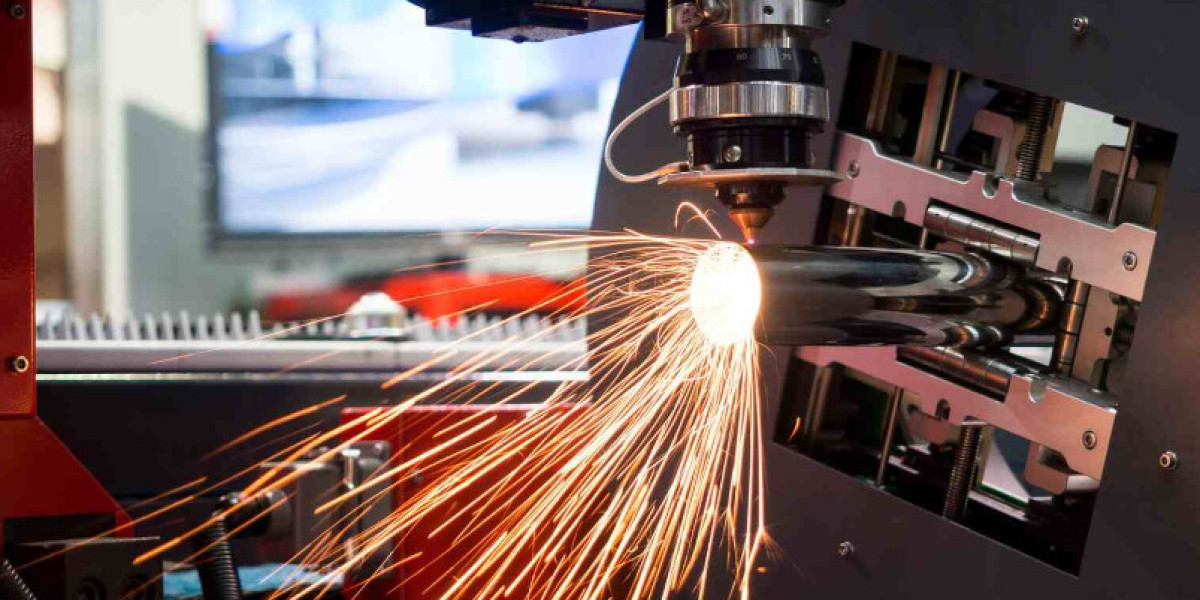Plastic 3D Printing has emerged as a game-changing technology in modern manufacturing, offering versatility, precision, and cost-effectiveness. This advanced form of additive manufacturing enables the creation of complex plastic parts with high accuracy, making it a preferred choice across industries such as aerospace, automotive, healthcare, and consumer goods.
Plastic 3D Printing is a process that utilizes additive manufacturing techniques to create objects layer by layer from digital models. It eliminates the need for expensive molds and traditional machining, allowing for rapid prototyping and efficient production of customized parts.
How Plastic 3D Printing Works
Design Creation – A 3D model is designed using Computer-Aided Design (CAD) software.
Slicing & Preparation – The model is converted into layers using slicing software, generating instructions for the 3D printer.
Printing Process – The 3D printer builds the part layer by layer using thermoplastics, resins, or composite materials.
Post-Processing – Printed parts may undergo finishing processes such as sanding, painting, or chemical smoothing for enhanced durability and aesthetics.
Types of Plastic 3D Printing Technologies
Fused Deposition Modeling (FDM): Uses a heated nozzle to extrude thermoplastic filaments layer by layer.
Stereolithography (SLA): Utilizes UV lasers to cure liquid resin into solid structures.
Selective Laser Sintering (SLS): Uses a high-powered laser to fuse powdered plastic into a solid object.
Multi Jet Fusion (MJF): Employs fine powder layers and thermal energy for high-resolution printing.
Benefits of Plastic 3D Printing
Cost-Effective Production: Reduces material waste and eliminates tooling costs.
Rapid Prototyping: Speeds up the development cycle with quick design iterations.
Customization & Complexity: Allows for intricate designs and tailored parts.
Lightweight & Durable: Produces strong yet lightweight plastic components.
Applications of Plastic 3D Printing
Medical: Prosthetics, dental implants, and surgical tools.
Automotive: Custom car parts, lightweight components, and rapid prototyping.
Aerospace: Complex geometries for drones, aircraft interiors, and satellite components.
Consumer Goods: Personalized phone cases, fashion accessories, and home decor items.
The Future of Plastic 3D Printing
As technology continues to evolve, Plastic 3D Printing is expected to become even more advanced, offering higher resolution, improved material properties, and greater efficiency. With ongoing innovations in bio-based plastics and sustainable printing solutions, the future of 3D printing is geared toward eco-friendly and high-performance manufacturing.
Conclusion
Plastic 3D Printing is transforming the way industries design and produce components. Whether for prototyping, custom manufacturing, or large-scale production, this cutting-edge technology provides unmatched flexibility, precision, and cost efficiency. As demand for faster and more sustainable production methods grows, plastic 3D printing will continue to be a driving force in modern manufacturing.







